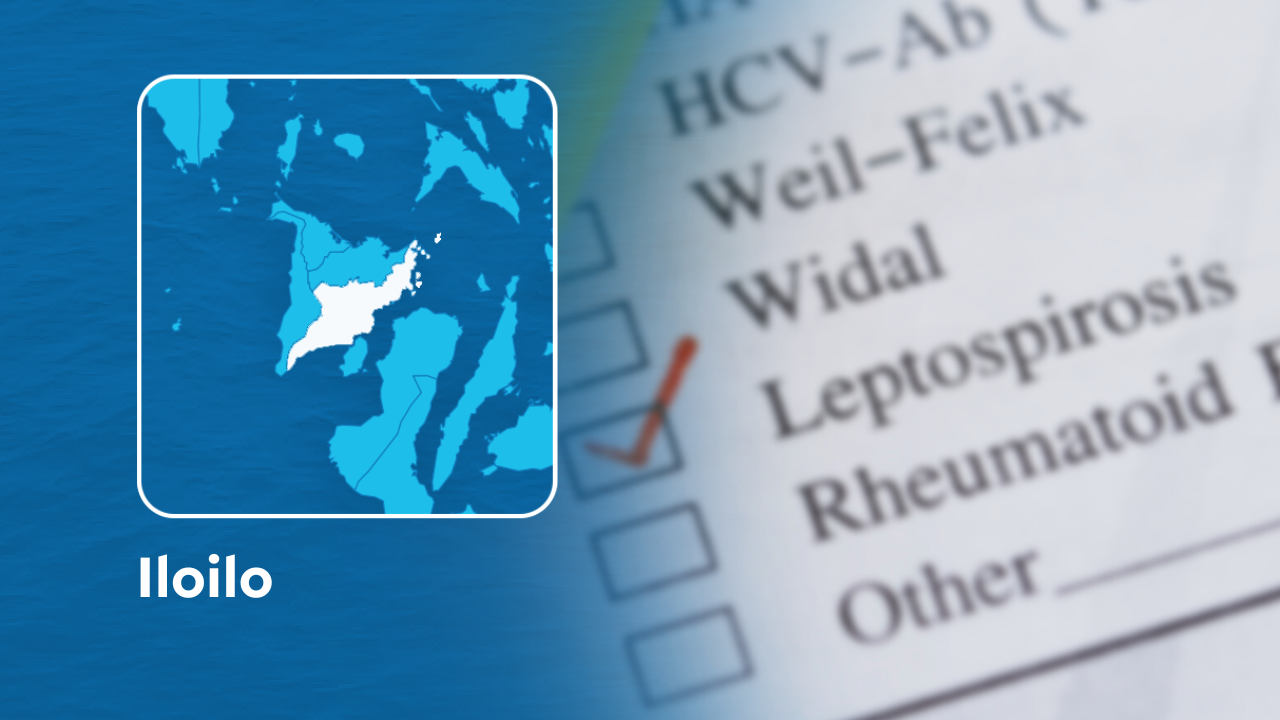Leptospirosis cases in Iloilo up by 296 percent
ILOILO — The Iloilo Provincial Health Office (IPHO) has warned the public, especially farmers, against leptospirosis after cases went up by close to 300 percent in the first six months of the year.
Iloilo recorded 107 leptospirosis cases with two deaths from January to June 24, or 296 higher than the 27 cases recorded over the same period last year.
Rodney Labis of the IPHO attributed the rise of the cases to wading in farms and flood waters, especially that it had been raining in Iloilo in the past weeks.
He said leptospirosis, which is caused by leptospira bacteria, could be acquired through direct contact with urine, blood, or tissue of an infected animal.
“Contact commonly occurs when the skin or the linings of the eyes, nose, sinuses, and mouth, come in contact with infected material,” said Labis.
Article continues after this advertisementWading in contaminated water pose a risk, especially when one has an open wound because it allows leptospira bacteria to get into the body, he added.
Article continues after this advertisement“Farmers are also at great risk because their work requires them to sink their feet into water in the fields, which may also be contaminated by the disease,” said Labis.
Cases of leptospirosis were reported in Cabatuan, 14; Barotac Nuevo, 12; Pototan, 11; Anilao, 7; Dingle and Oton, 5 each; Santa Barbara, Dumangas, and San Enrique, 4 each; and Mina,3.
Cabatuan recorded the highest jump, at 1,300% from only one case recorded around the same time last year.
Two deaths were also logged, with one each from the towns of Badiangan and Carles.
No cases had been recorded so far in the towns of Ajuy, Passi, Guimbal, Igbaras, Lambunao, Leganes, San Dionisio, San Joaquin, San Rafael, Sara, and the component city of Passi.
Leptospirosis’ initial symptoms include fever, muscle pain, especially in the calves, headache, chills, and redness of the eyes.
Severe cases may affect the liver, kidney, and brain damage, which may manifest through yellowish skin or eyes, dark-colored urine, and low urine output.
Other symptoms may also include frequent vomiting, stomachache, cough, and rashes.
“[The public] must avoid swimming or wading in contaminated water, especially flood water or in the fields,” said Labis.
If it could not be avoided, he said personal protective equipment, including gloves and boots, must be used.
Exposed body parts, including the hands, feet, and other parts must be washed with [clean] water and soap after exposure, he added.
After any potential exposure, Labis advised taking prophylaxis like doxycycline with proper guidance from the healthcare provider.
“Rat population in homes and in farms must also be controlled,” he advised.
Local government units (LGU) through their rural health units (RHU) have been conducting response activities, including health promotion at the community level, coordination with farmers associations, procurement and distribution of prophylaxis, and mobilization of RHU personnel and barangay health workers.
IPHO personnel have also been assisting LGUs and their RHUs in health promotion, especially on diseases that have been spreading quickly because of the rain.
RELATED STORIES
Iloilo ‘leptos’ cases up 296% – Panay News (2023-07-03)
20 Iloilo towns log ‘leptos’ cases – Panay News (2023-02-27)
